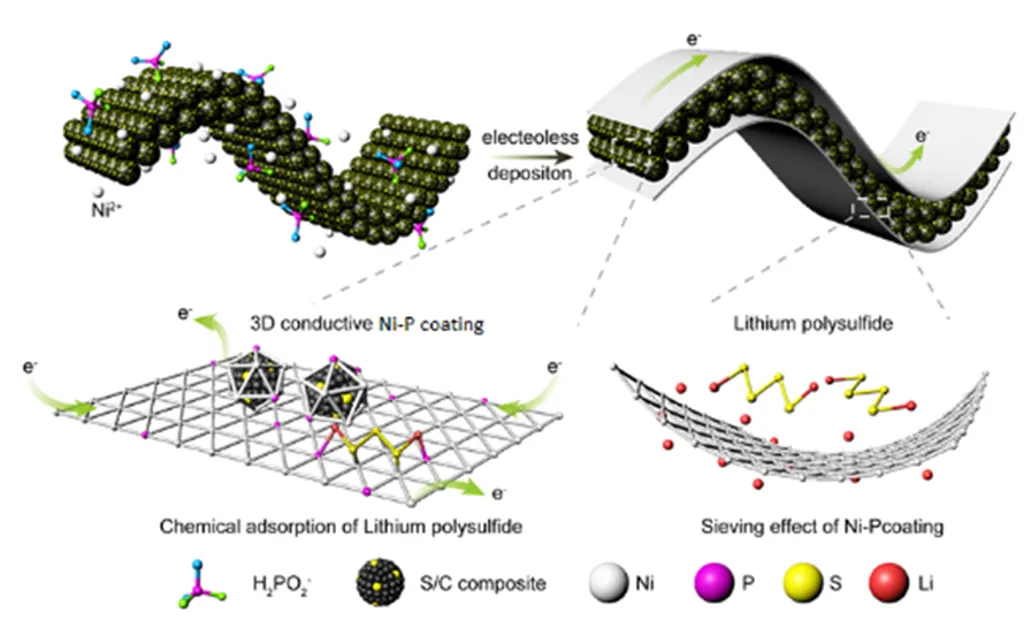In the heart of Guangzhou, China, researchers at Jinan University are pushing the boundaries of material science, with implications that could ripple through the energy sector and beyond. Haoran Zhu, a leading figure in this endeavor, is part of a team that’s exploring the fascinating world of nano/micro-engineered metallic flexible electrodes. Their work, recently published in the *International Journal of Extreme Manufacturing* (which, in English, translates to the *Journal of Extreme Manufacturing Technology*), is not just about tiny structures; it’s about revolutionizing how we harness and interact with energy.
Imagine a future where your skin could become a power plant, or where biomedical devices seamlessly integrate with your body, monitoring and responding to your health in real-time. This isn’t science fiction; it’s the promise of epidermal electronics, a field that Zhu and his colleagues are advancing with their research on flexible electrodes.
The team’s focus is on creating ultra-thin, soft electrodes using metal meshes, nanowires, and even liquid metals. These materials are engineered with precision at the nano and micro scales, giving them exceptional properties. “The key is to control the shape, size, and pattern of these metallic structures,” Zhu explains. “This allows us to create electrodes that are not only flexible but also highly conductive, durable, and even transparent.”
The potential applications are vast. In the energy sector, these flexible electrodes could enable more efficient energy harvesting and storage. Picture solar cells that can be worn like a second skin, or wearable devices that convert your body’s movements into electricity. “We’re talking about integrating these electrodes into textiles, or even directly onto the skin,” says Zhu. “This could revolutionize how we think about personal energy generation and storage.”
But the journey isn’t without its challenges. The team is grappling with issues like scalability, durability, and integration with existing technologies. “We’re making progress, but there’s still work to be done,” Zhu admits. “We need to improve the performance of these electrodes and find ways to manufacture them at scale.”
Despite these hurdles, the future looks bright. The research is paving the way for multimodal systems that combine sensing, actuation, and energy harvesting. With the help of artificial intelligence, these systems could become even more sophisticated, adapting to their environment and user in real-time.
As we stand on the cusp of this new era, one thing is clear: the work of Zhu and his team is not just about advancing technology; it’s about reshaping our relationship with the world around us. And in the energy sector, that could mean a future where power is not just something we consume, but something we wear, something we are.

